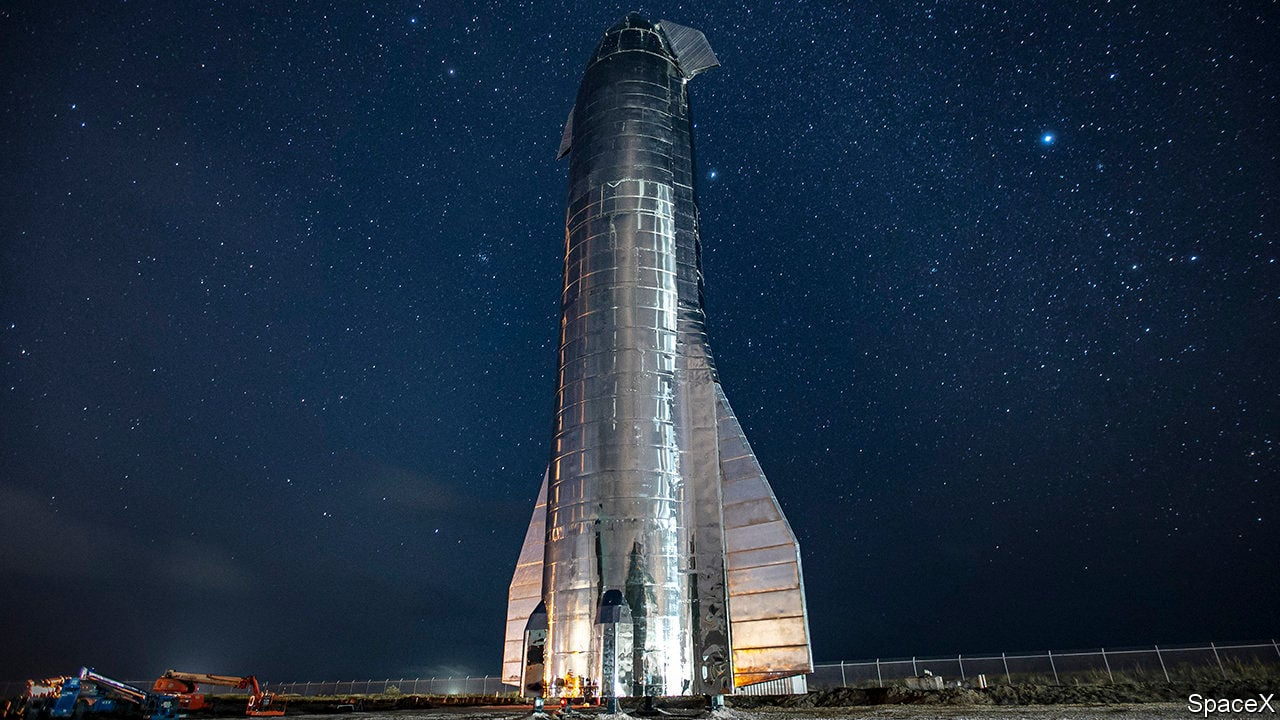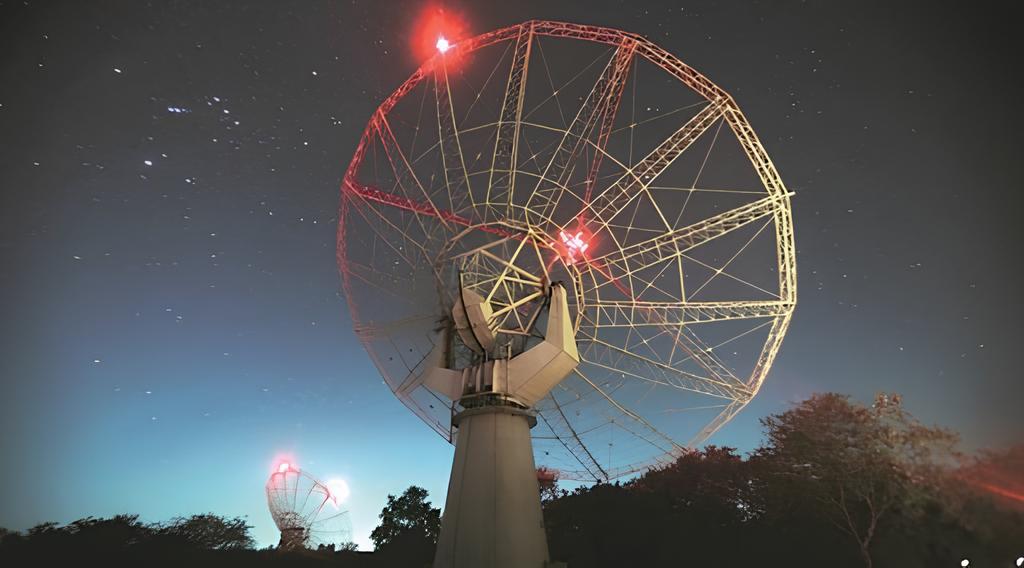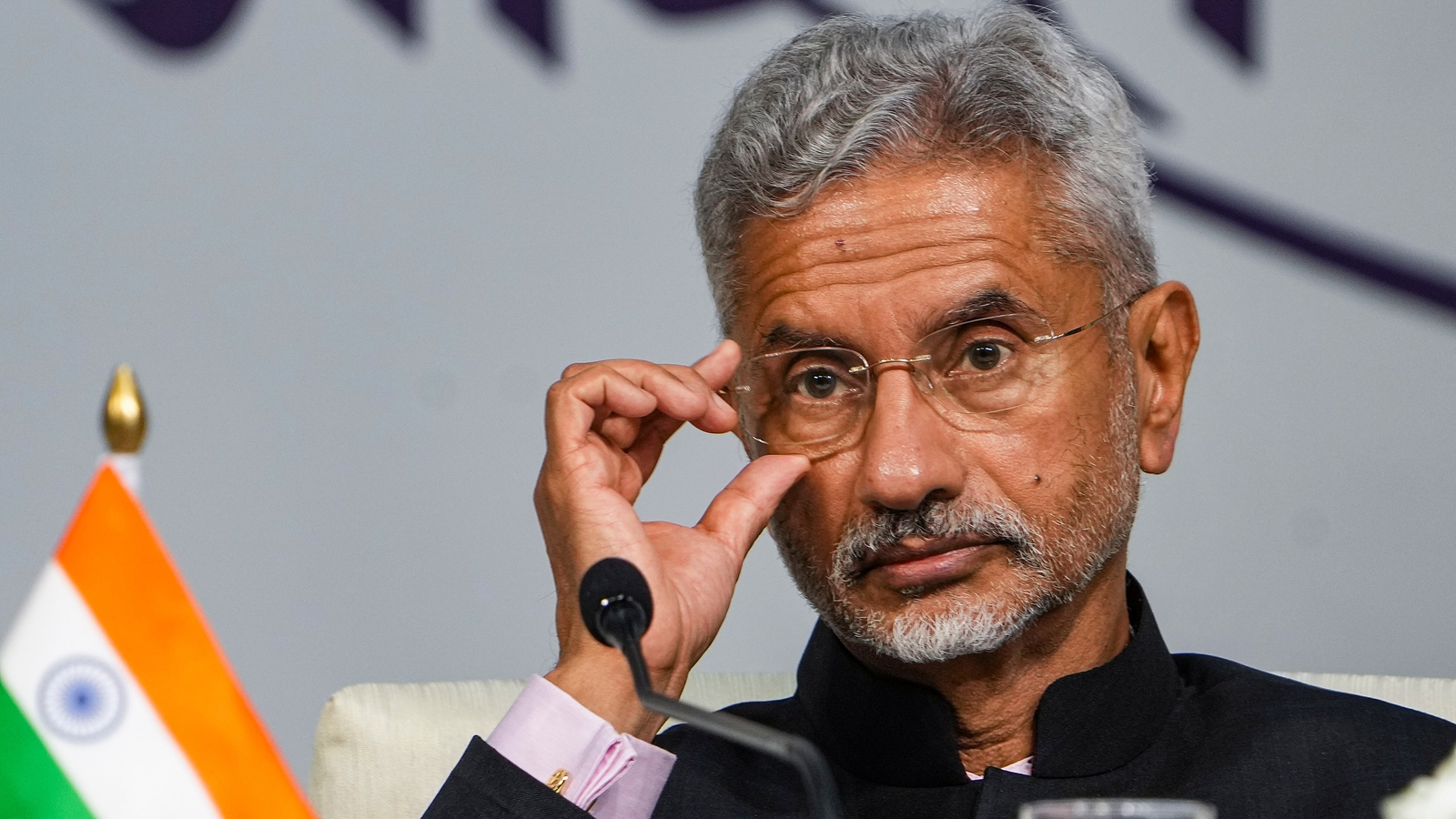
SpaceX's Starship spacecraft, on its seventh test flight, met a tragic end on January 16, 2025, as it exploded upon reentry into Earth's atmosphere over the Caribbean. Despite the failure, SpaceX maintained a positive outlook, emphasizing the critical data collected during the flight, which will contribute to the improvement of Starship’s design.
The mission began successfully, showcasing significant milestones in SpaceX’s development of reusable rocket technology. The Super Heavy booster, a towering 232-foot rocket powered by 33 Raptor engines, completed a successful mid-air landing. This achievement, involving the use of Mechazilla’s "chopsticks" arms, marked a notable advancement in SpaceX’s reusable booster retrieval system.
However, things took a dramatic turn approximately 8.5 minutes into the flight when communication was lost with Starship. Shortly afterward, the spacecraft disintegrated during its atmospheric reentry, scattering debris over the Caribbean. SpaceX described the event as a "rapid unscheduled disassembly," a term commonly used by the company to refer to explosions during test flights.
Elon Musk and SpaceX’s team view these tests as vital learning experiences, with the goal of making space travel more sustainable and accessible. The Starship program continues to push forward with high-risk missions, believing that each failure provides valuable lessons that will shape the future of interplanetary travel.
Post a comment
Bitcoin Drops Below $80K as Market Panic and Volatility Surge
- 28 Feb, 2025
- 2
STOCK MARKET FALLS! Is Trump To Blame?
- 04 Mar, 2025
- 2
Pune’s GMRT becomes first Indian facility to detect gravitational waves
- 05 Jan, 2025
- 2
Nintendo Teases the Switch 2
- 17 Jan, 2025
- 4
Pharma stocks fall as Nifty 50 drops following Trump's 25%...
- 19 Feb, 2025
- 2
Categories
Recent News
Daily Newsletter
Get all the top stories from Blogs to keep track.

















